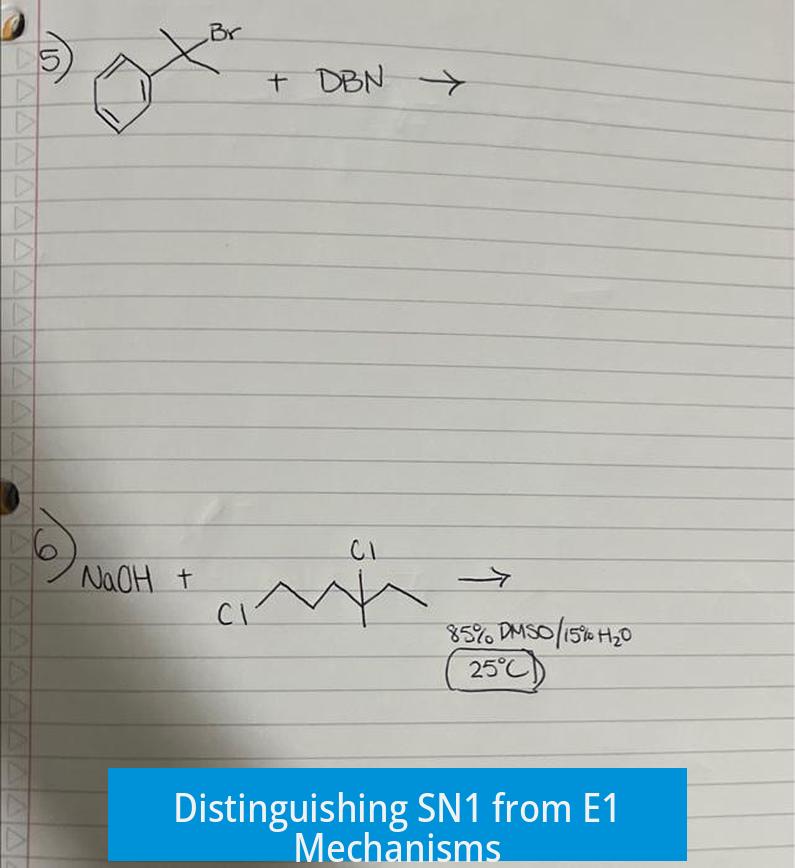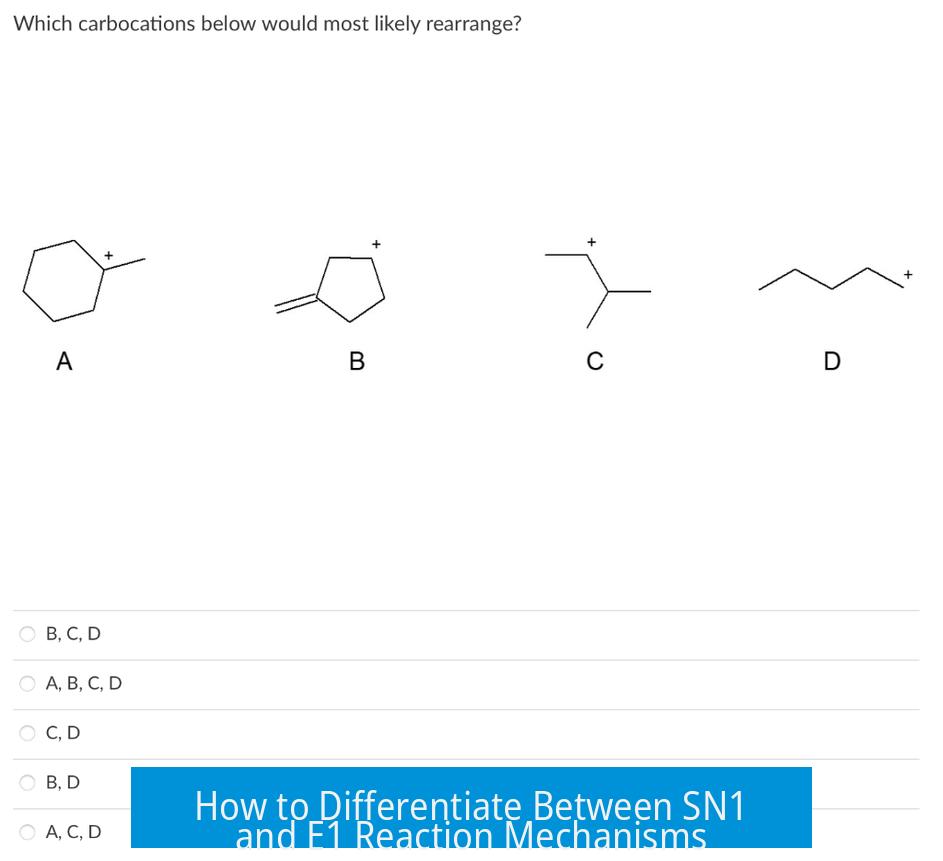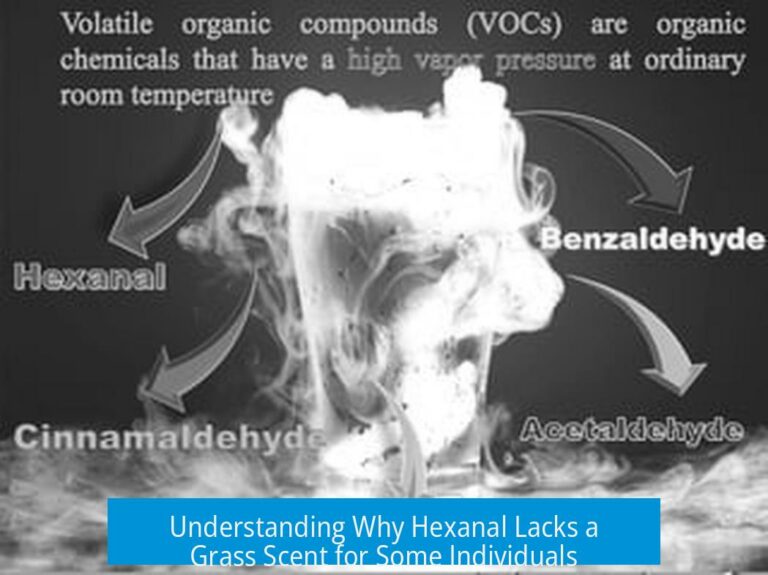Distinguishing SN1 from E1 Mechanisms
 You identify that a reaction is SN1 and not E1 primarily by analyzing the reaction conditions, the nucleophile or base strength, and the product formation, especially noting whether substitution or elimination predominates.
You identify that a reaction is SN1 and not E1 primarily by analyzing the reaction conditions, the nucleophile or base strength, and the product formation, especially noting whether substitution or elimination predominates.
Role of Reaction Conditions
E1 reactions generally require conditions that favor elimination, such as heating or using a strong, bulky base (e.g., tert-butoxide, TbuOK). In solvolysis conditions—where the solvent itself acts as a nucleophile—E1 is rarely the dominant pathway. Solvolysis typically favors substitution mechanisms like SN1 due to the polar, protic solvent stabilizing the carbocation intermediate.
Strength of Base and Nucleophile
In SN1 reactions, the base is usually weak. A weak nucleophile more readily participates in nucleophilic addition to the carbocation than abstracts a proton to cause elimination. Here, electrostatic attraction favors addition: the fully positive carbocation strongly attracts electron pairs from nucleophilic oxygen atoms.
Evidence from Product Formation
- Formation of a racemic mixture indicates a planar carbocation intermediate, typical for SN1.
- The nucleophile, such as MeO-, acts as a base but no significant elimination product forms.
- If elimination occurred (E1), the dominant products would be alkenes rather than substitution products.
Summary of Factors That Differentiate SN1 from E1
| Factor | SN1 | E1 |
|---|---|---|
| Solvent | Polar protic, favors carbocation stabilization | May be similar but often requires heat to favor elimination |
| Base Strength | Weak nucleophile/base | Stronger or bulky base often present |
| Temperature | Usually moderate | Higher temperatures favor elimination |
| Product | Racemic mixture of substitution products | Alkenes (elimination products) |
Key Takeaways
- E1 is rare under solvolysis; SN1 is favored by polar protic solvents and weak bases.
- Racemic mixtures indicate carbocation intermediates consistent with SN1.
- Presence of elimination products and use of heat or bulky bases suggest E1.
- The nucleophile’s role as a weak base favors substitution over elimination.





Leave a Comment